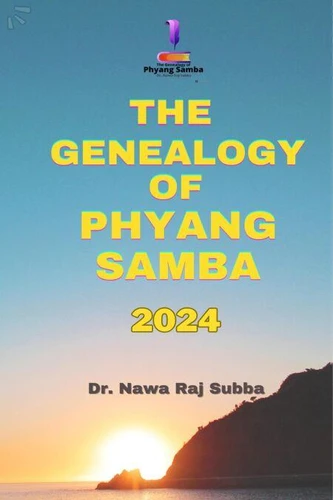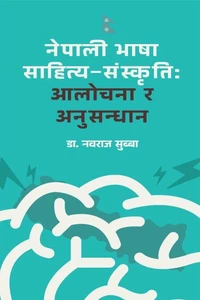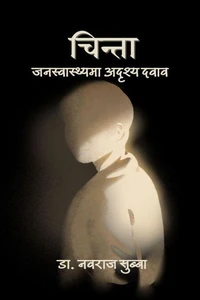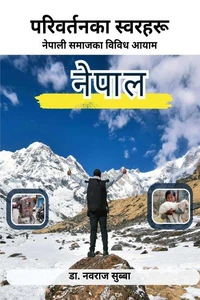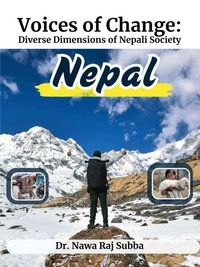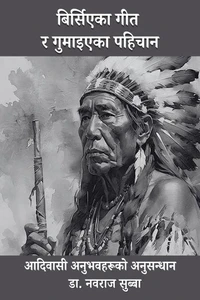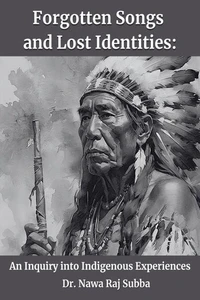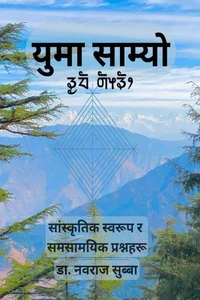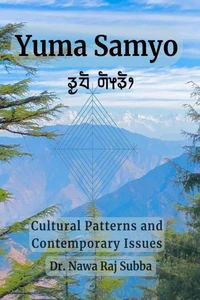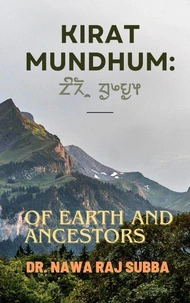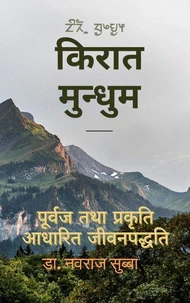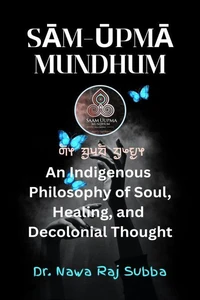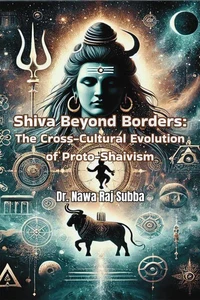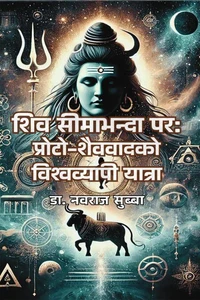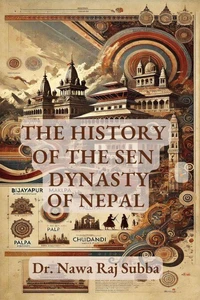The Genealogy of Phyang Samba 2024
Par :Formats :
Disponible dans votre compte client Decitre ou Furet du Nord dès validation de votre commande. Le format ePub est :
- Compatible avec une lecture sur My Vivlio (smartphone, tablette, ordinateur)
- Compatible avec une lecture sur liseuses Vivlio
- Pour les liseuses autres que Vivlio, vous devez utiliser le logiciel Adobe Digital Edition. Non compatible avec la lecture sur les liseuses Kindle, Remarkable et Sony
 , qui est-ce ?
, qui est-ce ?Notre partenaire de plateforme de lecture numérique où vous retrouverez l'ensemble de vos ebooks gratuitement
Pour en savoir plus sur nos ebooks, consultez notre aide en ligne ici
- FormatePub
- ISBN8227127433
- EAN9798227127433
- Date de parution05/11/2024
- Protection num.pas de protection
- Infos supplémentairesepub
- ÉditeurBig Dog Books, LLC
Résumé
The Kirat Rai Limbu community actively shapes their cultural identities through their traditional customs of marriage, birth, and funeral rites. 'Nam' in the Limbu language is 'Gham' in Khas Nepali. Using the sun and treating him as a god is a cultural tradition as a witness to significant family events. Important life duties require that the ancestral names and addresses be spoken correctly. The researcher has employed an anthropological approach to present data, re-evaluating and elucidating overlooked parts of historical and contemporary ontology from the perspectives of axiology and epistemology.
History and genealogy include oral information. Reading the Mundhum takes you to the Manggena Yak and beyond, where all men's last names come from and where people came from. Mundhum connects Kirats to their heritage and pride. Comprehending history is necessary for understanding the present and future. Genealogy shapes culture and continuity. This behavioral pattern predicts ancestry. Anthropology now sees family beyond fathers and children.
It must also be able to give reasons, events, and times in response. After all, genealogy is a collection of family trees and a fact- and evidence-based narrative about the past. This genealogy writing analyzed pertinent evidence to establish an updated genealogy of the Phyang Samba ethnicity as a representative of the Nepali nation.
History and genealogy include oral information. Reading the Mundhum takes you to the Manggena Yak and beyond, where all men's last names come from and where people came from. Mundhum connects Kirats to their heritage and pride. Comprehending history is necessary for understanding the present and future. Genealogy shapes culture and continuity. This behavioral pattern predicts ancestry. Anthropology now sees family beyond fathers and children.
It must also be able to give reasons, events, and times in response. After all, genealogy is a collection of family trees and a fact- and evidence-based narrative about the past. This genealogy writing analyzed pertinent evidence to establish an updated genealogy of the Phyang Samba ethnicity as a representative of the Nepali nation.
The Kirat Rai Limbu community actively shapes their cultural identities through their traditional customs of marriage, birth, and funeral rites. 'Nam' in the Limbu language is 'Gham' in Khas Nepali. Using the sun and treating him as a god is a cultural tradition as a witness to significant family events. Important life duties require that the ancestral names and addresses be spoken correctly. The researcher has employed an anthropological approach to present data, re-evaluating and elucidating overlooked parts of historical and contemporary ontology from the perspectives of axiology and epistemology.
History and genealogy include oral information. Reading the Mundhum takes you to the Manggena Yak and beyond, where all men's last names come from and where people came from. Mundhum connects Kirats to their heritage and pride. Comprehending history is necessary for understanding the present and future. Genealogy shapes culture and continuity. This behavioral pattern predicts ancestry. Anthropology now sees family beyond fathers and children.
It must also be able to give reasons, events, and times in response. After all, genealogy is a collection of family trees and a fact- and evidence-based narrative about the past. This genealogy writing analyzed pertinent evidence to establish an updated genealogy of the Phyang Samba ethnicity as a representative of the Nepali nation.
History and genealogy include oral information. Reading the Mundhum takes you to the Manggena Yak and beyond, where all men's last names come from and where people came from. Mundhum connects Kirats to their heritage and pride. Comprehending history is necessary for understanding the present and future. Genealogy shapes culture and continuity. This behavioral pattern predicts ancestry. Anthropology now sees family beyond fathers and children.
It must also be able to give reasons, events, and times in response. After all, genealogy is a collection of family trees and a fact- and evidence-based narrative about the past. This genealogy writing analyzed pertinent evidence to establish an updated genealogy of the Phyang Samba ethnicity as a representative of the Nepali nation.

